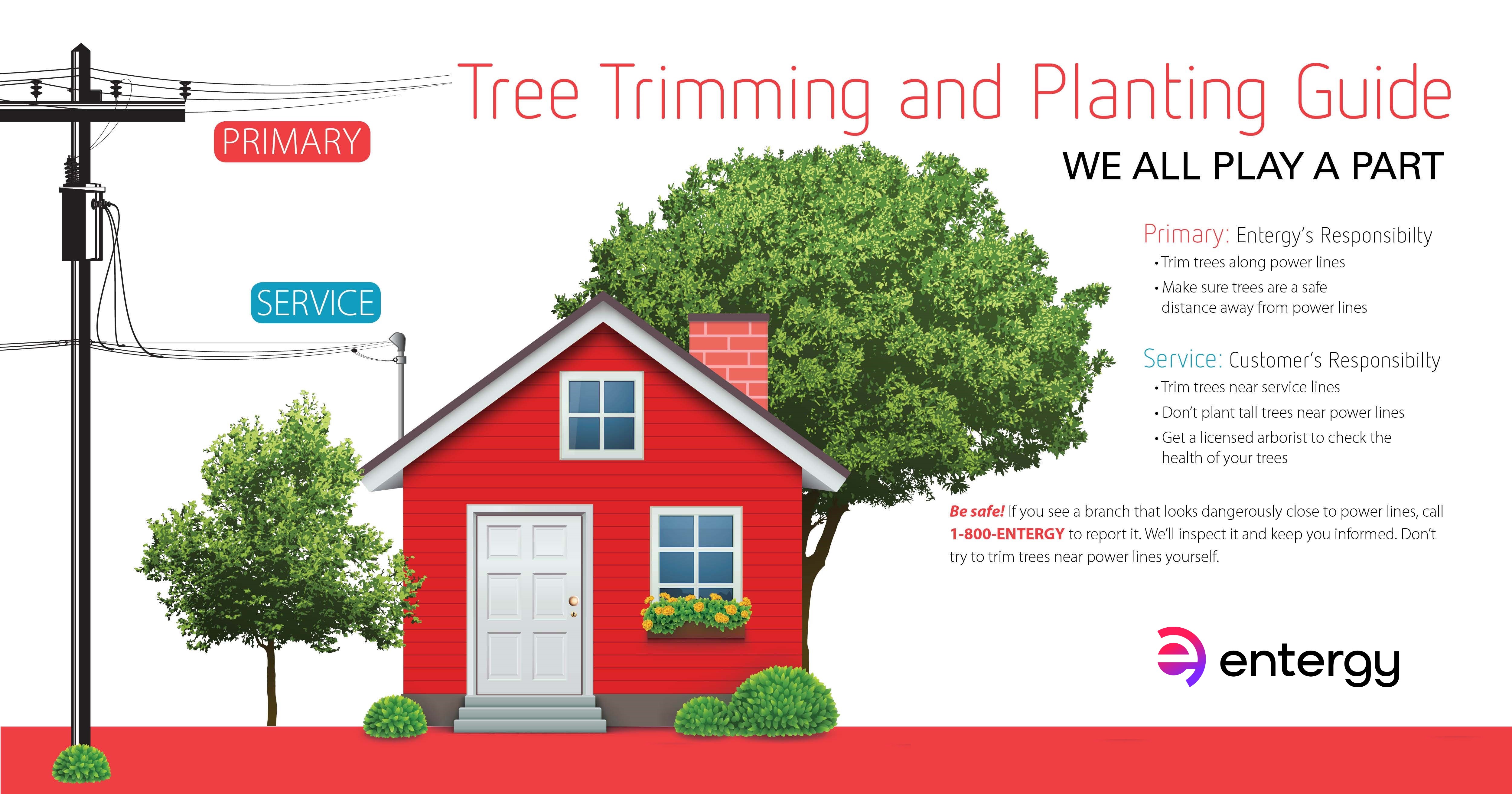Determine Crucial Signals That May Suggest Your Tree Is Unsafe; Recognizing These Can Aid Ensure The Security Of Your Residential Or Commercial Property And Enjoyed Ones.What Should You Observe Next?
Determine Crucial Signals That May Suggest Your Tree Is Unsafe; Recognizing These Can Aid Ensure The Security Of Your Residential Or Commercial Property And Enjoyed Ones.What Should You Observe Next?
Blog Article
Post Created By- official source
When it concerns tree care, recognizing the signs that it's time for elimination is crucial for your security and property. You might notice tarnished leaves, wilting branches, or strange fungal growths suggesting health problems. Architectural issues, like a considerable lean or splits in the trunk, can also posture threats. Comprehending these indication can assist you make educated choices concerning your trees and avoid possible hazards hiding in your backyard. What should you look for following?
Indicators of Decay and Illness
When you see indications of decay and disease in your trees, it's important to act swiftly. Try to find stained leaves, wilting branches, or uncommon developments like fungus. These can indicate that your tree is struggling.
If you see cracks in the bark or soft, mushy wood, these signs and symptoms recommend inner degeneration. In addition, an abrupt boost in parasites around your tree can signal that it's damaged and at risk.
Check for any kind of dead or dying limbs, as they pose a danger to your property and security. If you doubt concerning what you see, consulting an arborist can give clarity.
Addressing why not find out more can conserve you from much more comprehensive damage and ensure the wellness of your lawn. Do not wait up until it's too late.
Structural Instability and Leaning
As you observe your trees, watch out for any signs of architectural instability or leaning. If a tree leans substantially, it might suggest that the root system is compromised.
Seek any kind of fractures in the trunk or dirt around the base; these can indicate prospective failure. Furthermore, look for uncommon development patterns, like a lopsided crown, which may recommend that the tree is having a hard time to hold itself upright.
If you notice that the tree favors your home, power lines, or other frameworks, it poses a higher threat. Don't ignore these indicators-- get in touch with an arborist to examine the situation.
Acting early can avoid pricey damage and ensure your safety.
Dead or Dying Branches and Vegetation
If you see dead or dying branches and vegetation on your tree, it's a clear indicator that something's wrong.
These undesirable locations can suggest underlying concerns like condition, pest infestations, or environmental stress and anxiety. When branches shed their fallen leaves or turn brown, they're no longer adding to the tree's health and wellness. Overlooking these indicators might lead to further decline, making your tree much more unsafe.
Dead branches can quickly break short during storms, presenting a danger to property and people nearby. It's important to evaluate the extent of the damages.
If the issue affects a considerable part of the tree, take into consideration consulting an expert. They can help determine if removal is necessary to ensure safety and security and preserve the elegance of your landscape.
Conclusion
If you observe any indicators of degeneration, structural instability, or dead branches on your trees, do not overlook them. These signs can present major security risks to you and your residential property. It's constantly best to consult a specialist arborist that can supply an expert analysis of your trees. Taking action early can prevent crashes and costly damages, ensuring your landscape continues to be risk-free and healthy. Keep in mind, it's much better to be aggressive regarding tree treatment than to wait on a disaster to occur.
